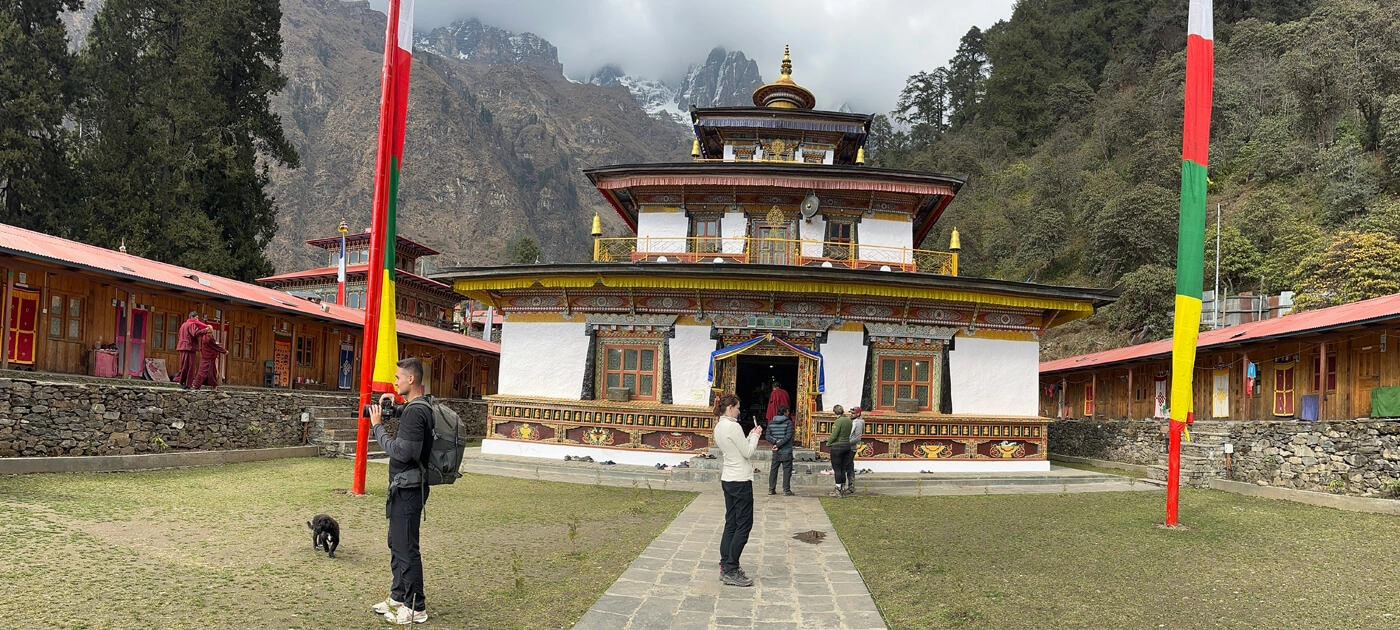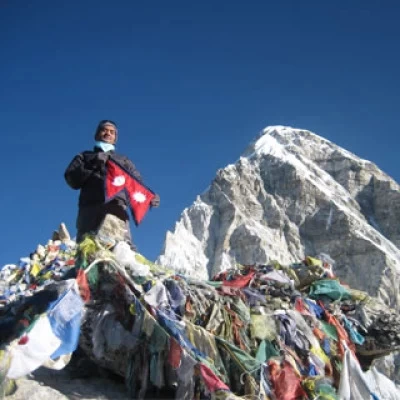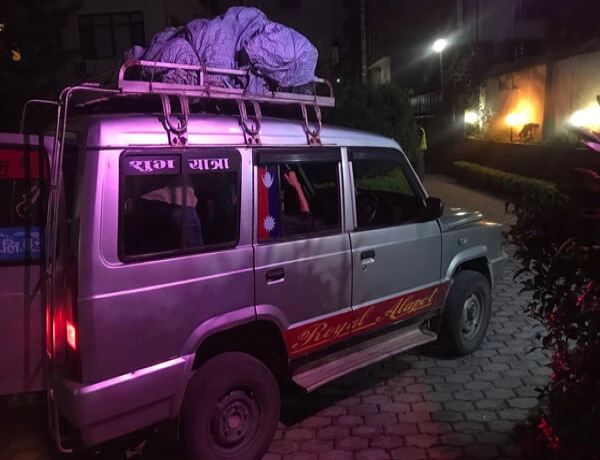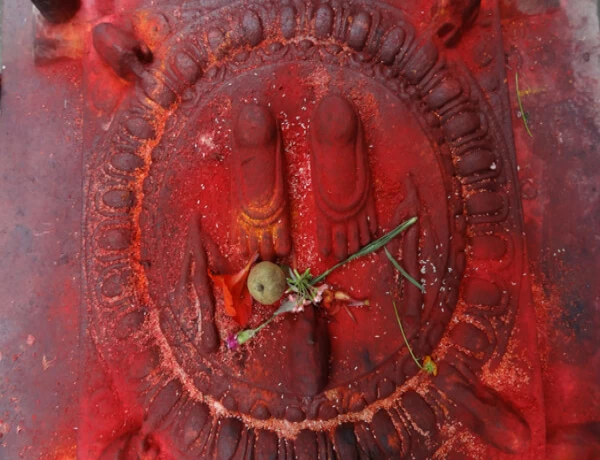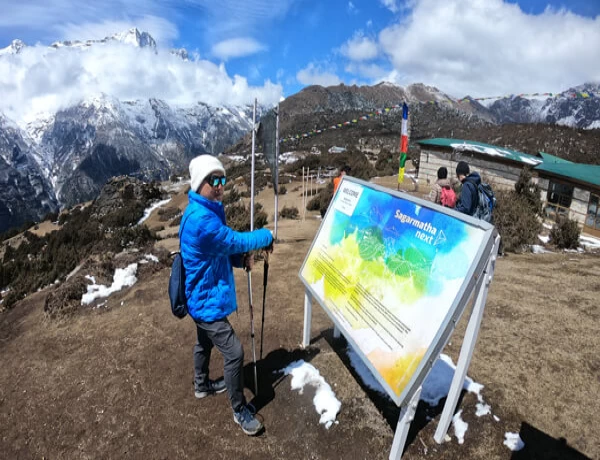From ancient times, the VAST, MYSTERIOUS, and spectacular four (KYIMOLUNG, Dhemajung, Pemaque, and Khempalung) hidden lands (Behyul) stretched from the eastern Kanchenjunga to the western Api Mountains, are considered the world's most sacred, austere, and holy land carrying religious, spiritual, cultural, and historical significance.
Almost the world's 108 hidden lands, 8 are mentioned in the Buddhist scriptures in great scriptures in great grandeur and detail. Among the world's tallest peaks above 8000 meters, Nepal is home to eight peaks, of which Manaslu (8,163m) is second to Sagarmatha in terms of lively trekking routes. Tsum Nubri is nestled between Mamaslu and Mt. Kailash, regarded as the cradle of ancient civilization. This region is renowned worldwide as synonymous with a place of purity, beauty, peace, and nonviolence.
The meaning of Behyul refers to a hidden sanctuary. About 100 years ago, at the special request of the Bhutanese religious leader Guru Lama Dukpa Rinpoche, during the reign of King Girvan Yuddha Bikram ShahDynasty, Chumnubri was officially declared an Ahimsa zone (sacred zone). As a result, the Chumbubri valley has become a beacon of non-violence, spreading the message of peace across the world with pride.
To strengthen this Shakya law has also been implemented with the consent and cooperation of the local community.
Among the 7 wades in the Chumbubri Rural Municipality, Wada number 3, where the center head office of local government is established, is inhabited by the Gurung ethnic group remaining while the remaining 6 wades are Lama Community. After crossing the Chumbubri Rural Municipality center office at Philim village, the right-hand side valley called “Tsum valley” and the left valley along the Budhigandaki river basin known as “Nupri Valley”. Both valleys are fertile land of Buddhism. According to the local rule, it is not allowed to kill or sacrifice animals in those valleys.
Due to its religious significance, Chumnubri was declared an Ahimsa (non-violence) zone, and the surrounding areas of the monasteries are preserved as sanctuaries for hundreds of species of animals and birds.
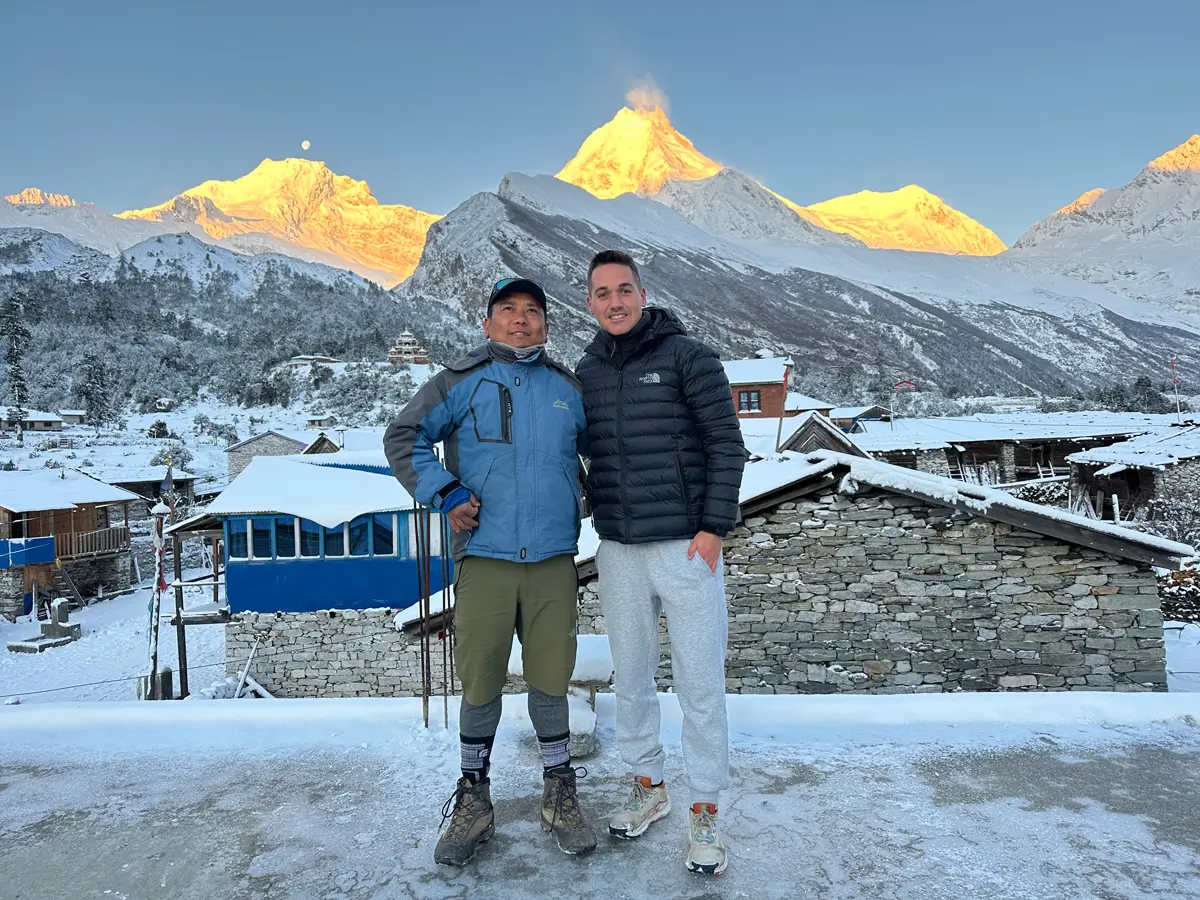
Tashi Palsang (Mount Shringi), Lhapsang Karpo (Mount Ganesh), Gangri Pugyen (Mount Manaslu), and Tashi Dombu (Mangala Petak) to ensure the peace, prosperity, and unbroken lineage of the Dharma King's successors.
In the 8th century, the great Dharma King Trishing Detsen invited the revered Guru Padmasambhava to Tibet for the preservation, promotion, and propagation of the Dharma. With deep concern, the king asked,
"In the future, when the world is filled with war, conflict, and hardship, will there be any safe refuge where people can go in order to practice?"
In response, Guru Padmasambhava emphasized the significance of Kyimolung, saying,
"O Dharma King! There will be five sacred valleys where war shall never enter: Sambu Lung, Jonpa Lung, Ribtsng Lung, Phakri Lung, and Kyimo Lung."
Behyul Kyimolung is renowned in the human realm as a sacred pilgrimage site of the great Guru Padmasambhava (from the 8th century). Known locally as “Nubri”, referred to in ancient Buddhist texts as “Behyul Kyimolung”, and described in English as the "Hidden Valley of Happiness," this valley has been connected to Buddhism. It was identified by Guru Padmsambhava (Guru Rinpoche) over a millennium ago and is widely known as the alley of countless monasteries.
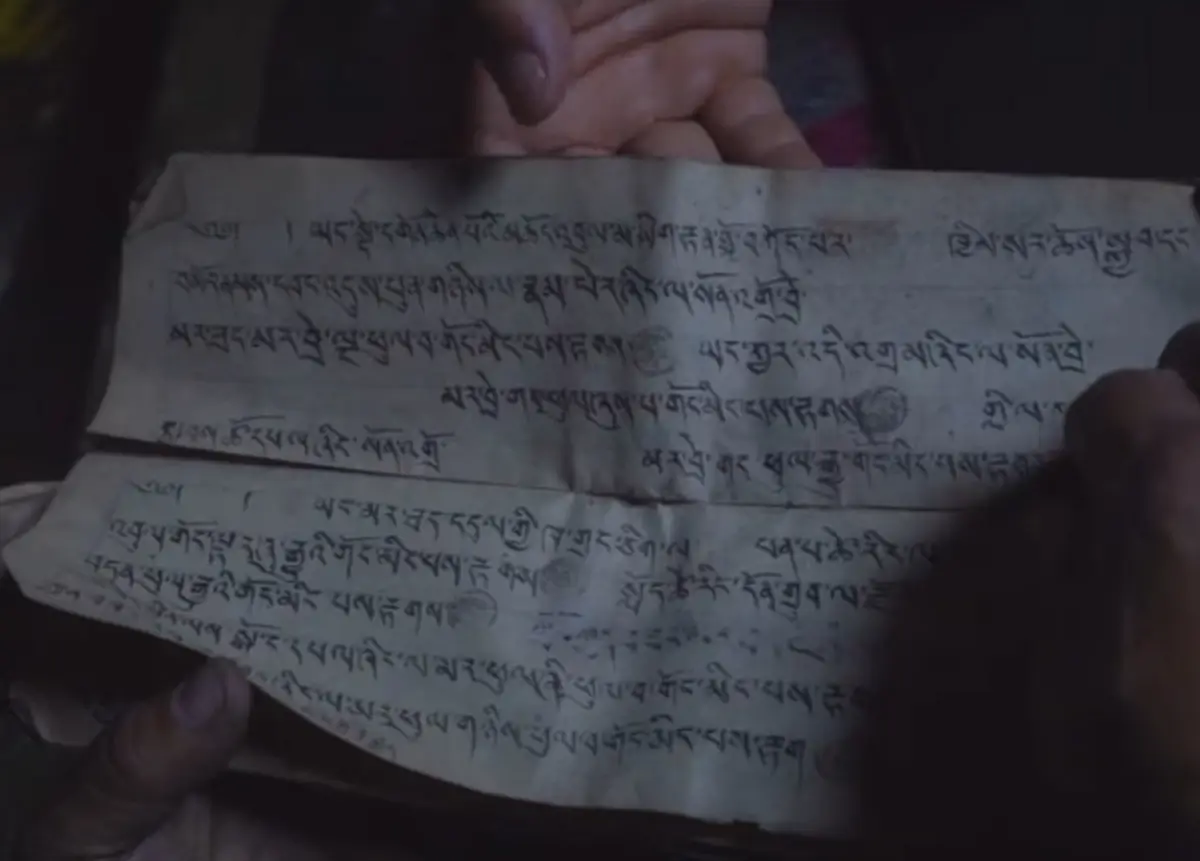
As part of the annual program of the Government of Nepal, the Buddhist Philosophy Promotion and Monastery Development committtee has produced the documentary with the motive of uncovering the historical and archaeological significance of places that, despite being renowned for their historical, religious, spiritual, natural, and cultural heritage, have remained in obscurity due to a lack of publicity. Here we are going to highlight sacred sites, including Naksa Chyoiling Monastery, Tong Monastery, Sadul Chyoiling Monastery,Tashi Chyoiling Monastery, and the Kyimolung region, envisioned as future religious tourism destinations located in the Chumnubri Rural Municipality of Gorkha District.
Another significant destination in Nubri Valley is the heart of Kyimolung, Serang Gumba. Nestled in the lap of Mount Shringi, also known as Tashi Palsang, the journey to Serang Monastery begins from Bihi village. The integrated settlement, monasteries, and ancient Stupas of Bihi village reflect its religious, cultural, and social identity. Walking along the old settlement, the mountain paths, and the bank of the Shringi River, and traversing through a narrow yet safe mountain trail, one reaches the entrance of Serang Monastery.
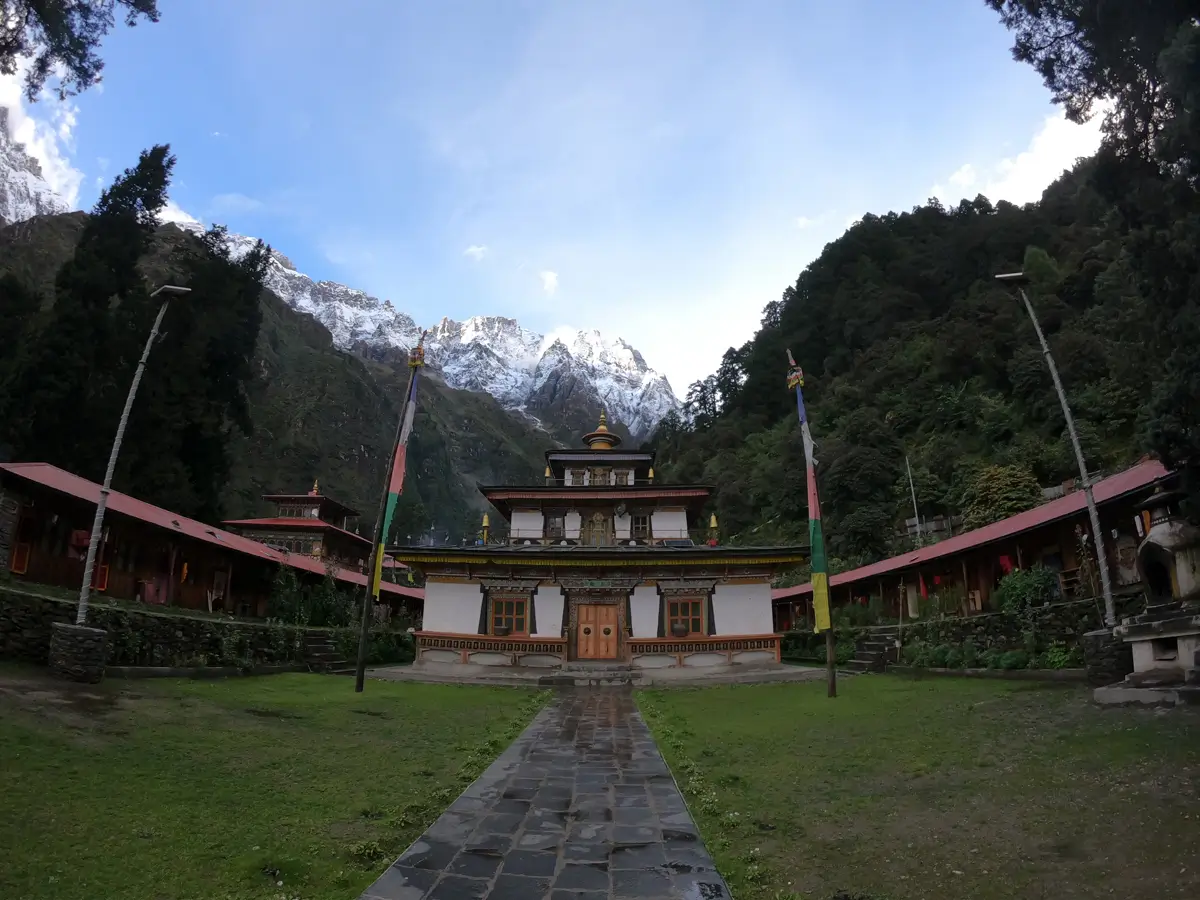
Near the entrance, the sacred Khandosangphuk can be observed, where Guru Rinpoche is believed to have created a water source for the well-being of female deities. The belief is that drinking the nectar-like water Jhandosangphuk brings peace, happiness, and longevity. A few minutes' walk from Khandosangphuk takes one to Bukhur. Around Bukhur, numerous Neh (meditation caves) can be found.
There is a religious belief that Guru Padmasambhava meditated in Bukhur in the 8th century BCE. Today, monks from various traditions continue the in broken practice of meditation and chanting in these caves during the occasion of Duchen. Near Bukhur is the Sambel cave, where a sacred self-originating Bumpa (vessel) can be seen. It is believed that Guru Padmasambhava created a water source from the Bumpa. Monks still follow the tradition of filling this water into their sacred vessels for the Wang (long-life blessings) ritual.
After a short trek, one reaches the base of Tashi Palsang Himal. This land, imbued with spiritual significance, is regarded as a divine realm. It is believed that Guru Padmasambhava meditated here for a long time, concealing countless treasures. According to the belief, treasures hidden by Guru Padmadambhava in the Behyuls of Tibet, Nepal, and Bhutan are seen as rare, indestructible, and indivisible, meant for future generations. The great masters who have meditated here are thought to have nurtured this land, which is considered immensely sacred, where peace, prosperity, fame, happiness, and liberation for humankind can be attained. The land is known as Kyimolung, or the "Sacred Land of eternal Wisdom."
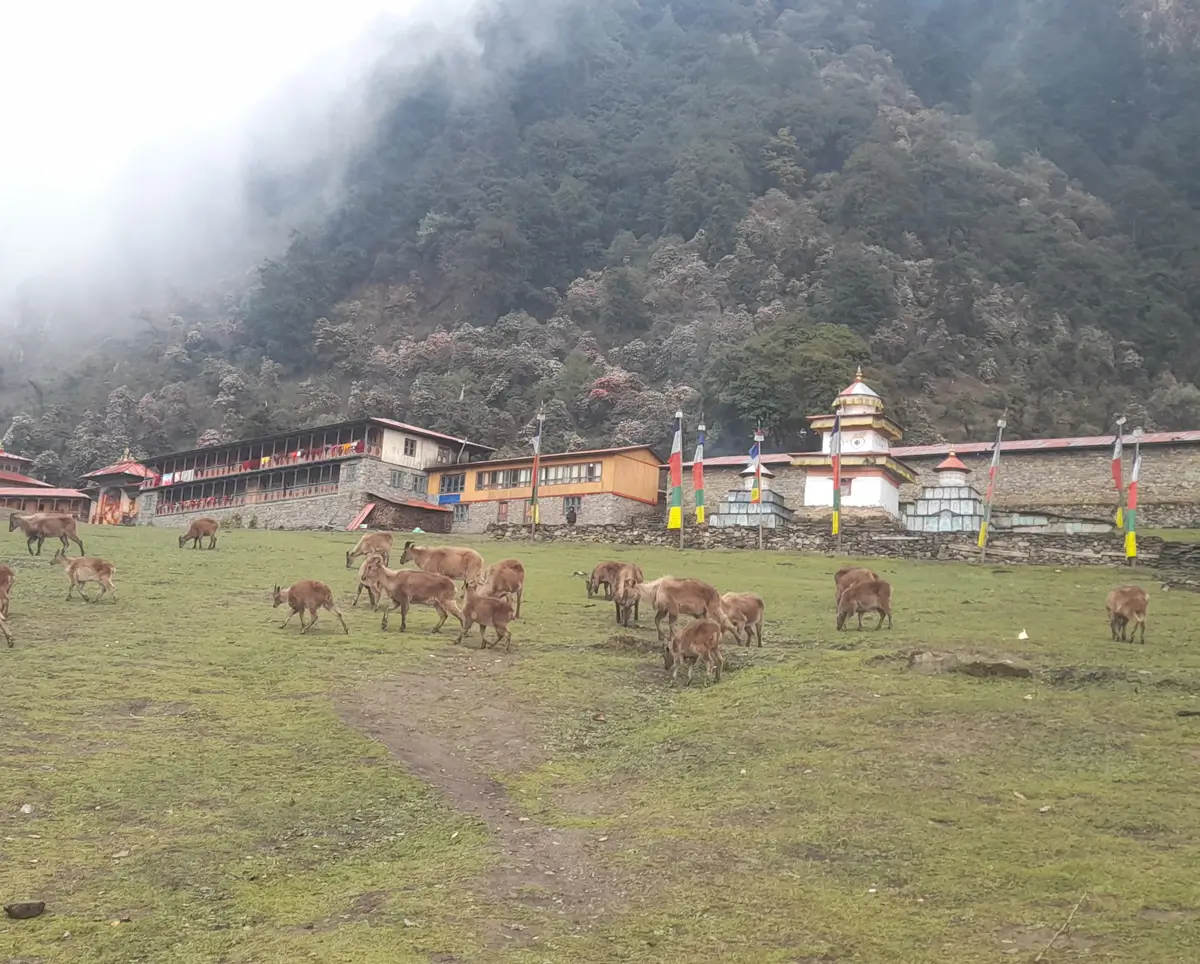
Upon reaching Serang Monastery, located in the lap of Tashi Palsang, which is held to be a place of profound religious belief where one can feel the heavenly experience of spiritual liberation. the open grasslands surrounding the monastery, the enchanting view of Tashi Palsang Mountain, the forest-covered meadows, the towering presence of the surrounding peaks, the scattered medicinal herbs, and the magnificent monastery itself create an atmosphere that both monks and laypeople into a state of spiritual transcendence, immersing them in the divine essence of nature. Within the monastery, the chanting of mantras and the sounds of traditional music during prayers fill the air, uniting all who are present in a deep spiritual and natural harmony.
In the basic-fundamental school run by Serang monastery since 2015 under the law of the Nepal Government, 120 students receive free education till grade 8 and will continue further grades, while 100 monks and nuns study religious teachings within the monastery.
According to the Secretary of the Serang monastery School, Ms. Chhiring Dikki, “The monastery provided accommodation, meals, clothes, and studying materials for 120 students, 24 teachers, 5 assistants, and some subsidies from the Nepal Government.”
Also, trekkers who would like to explore such hidden land of Serang Gumba, the monastery provides accommodation, meals, and clothes. While trekking in the Manaslu Circuit Trek, the trip can extend as a side trip to the Serang Gumba for about 12 days, as Manaslu Circuit Trek with Serang Gumba Retreat, and can also visit various side trips, increasing your Manaslu trip to 30 days.
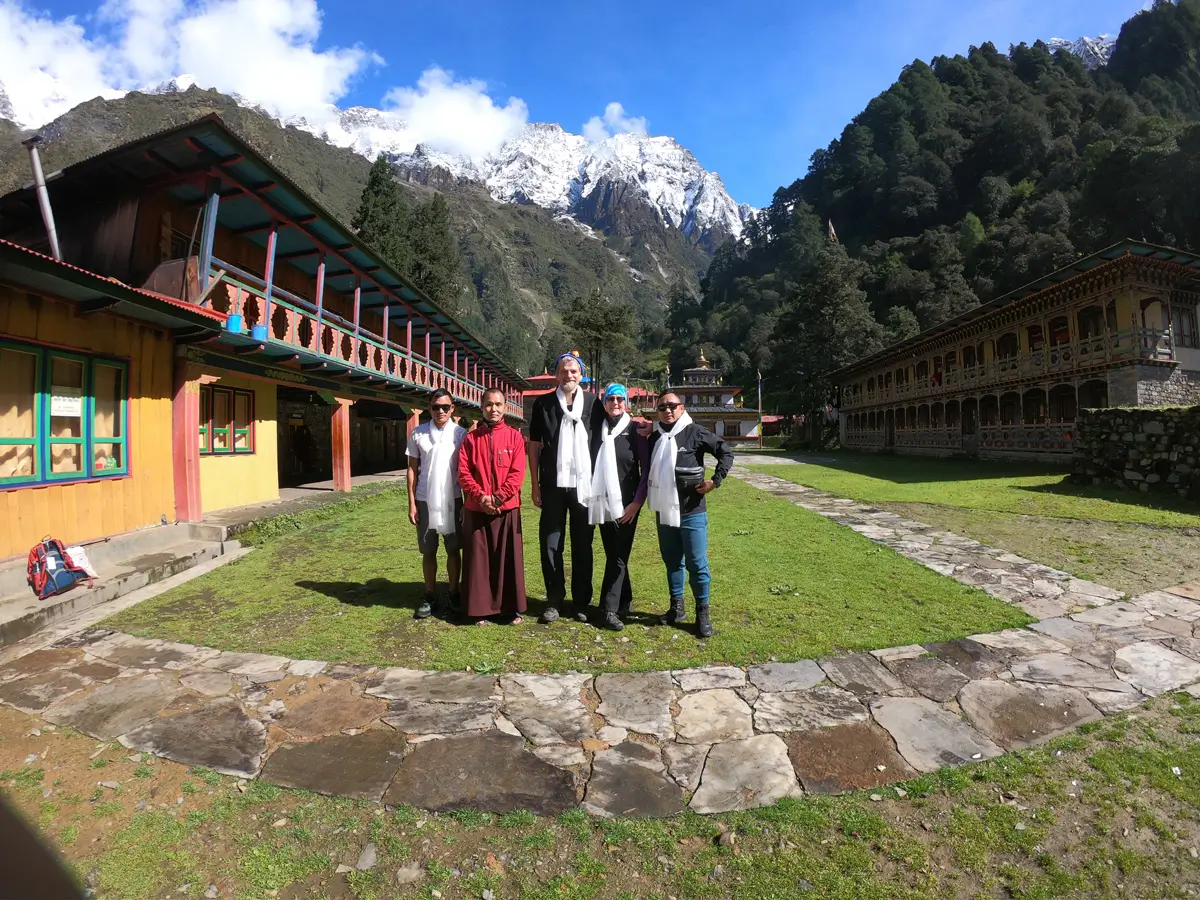
On the other side of Serang Gumba, in the divine realm of Behyul, local belief holds that invaluable treasures, hidden meditation caves, and concealed Neh (meditation spots) exist.
It is believed that the water flowing from the Khando Dbchyu, produced by Guru Padmasambhava, is considered sacred and is accepted as nectar, bringing purification and blessings to those who drink it.
The great Yogi and tantric master, Guru Padmasambhava, is believed to have attained wisdom, meditation, and blessings for his disciples on the path of spiritual knowledge and spread the practices across the Himalayan regions of present-day Nepal and Bhutan. Padmasambhava ('Born from a Lotus'), also known as Guru Rinpoche ('Precious Guru'), 8th – 9th centuries.
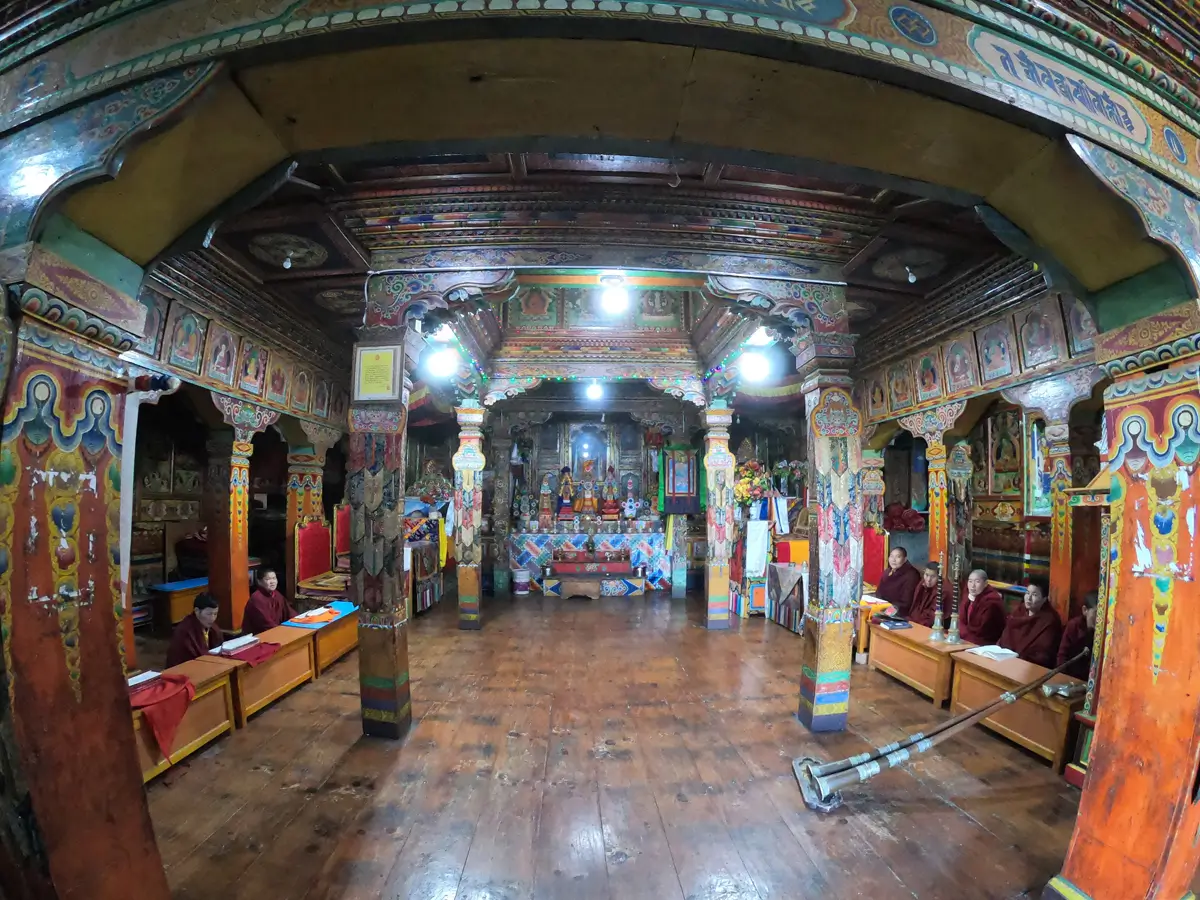
Guru Padmasambhava, who predicted that this region would remain a haven for Buddhist practitioners even during times of war and adversity, is revered to this day, and this place is honored as Behyul Kyimolung.
Here is information about some of the most significant Gumbas in the Tsum Nubri Kyimolung:
Sadul Chyoiling Gumba:
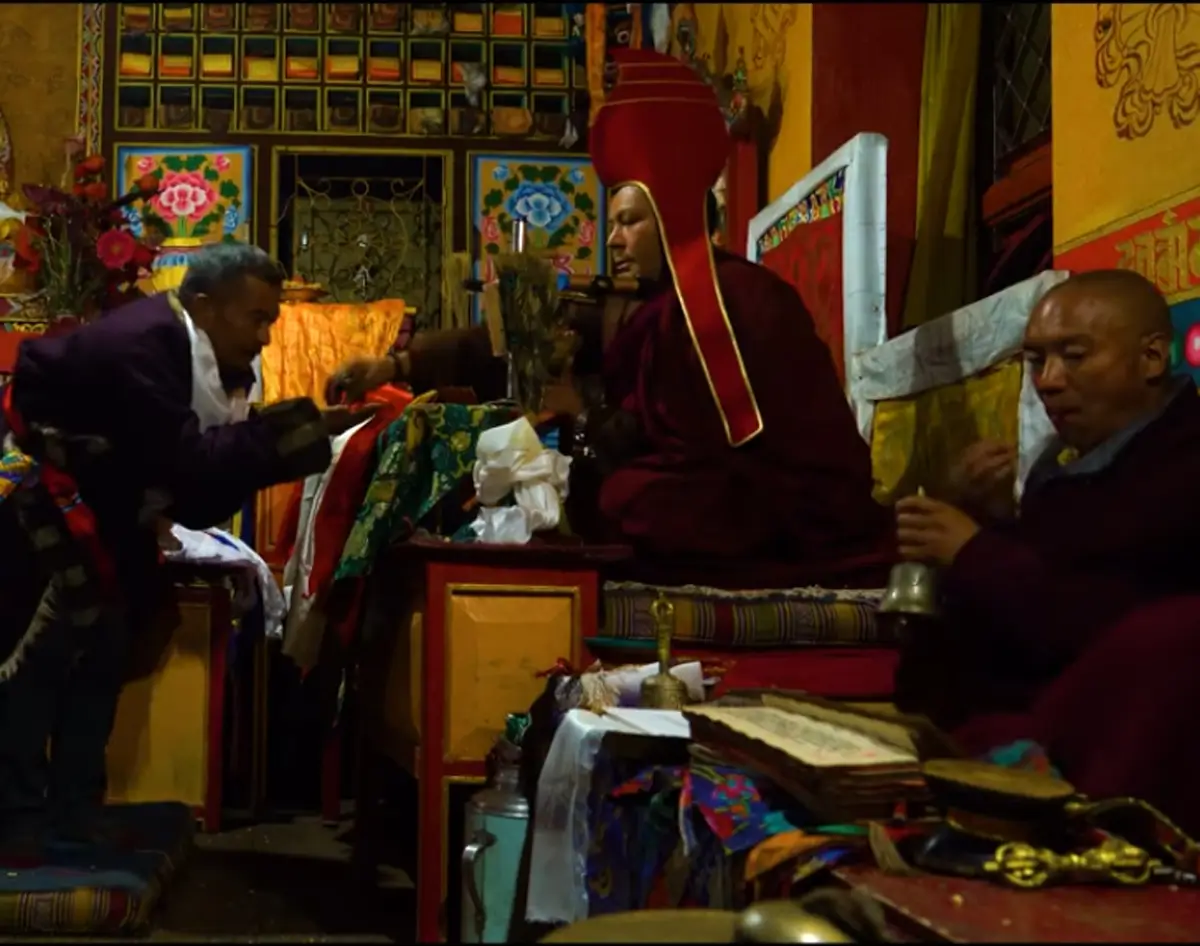
After trekking through the dense forest of Ningla (Bambo), crossing the Budhi Gandaki River several times from either side, and passing through Nyakphedi, Bihi Village, and Prok, one reaches Namrung. The town of Namrung has flourished with its grand hotels, apple orchards, and the river flowing nearby. The region is home to the famous Sadul Choiling Gumba. The Gumba stands at the top of the village, located in Ward No. 4 of Chumnubri Municipality, Gorkha District, at an elevation of 2,650 meters above sea level. The monastery, built around 300 years ago, belongs to the Nyingmapa tradition. The earthquake of 2015 caused significant damage to the monastery, and many culturally and historically important art objects, such as statues, Lhori, Thangkas, and Physical structures, were destroyed beyond repair.
Tashi Chyoiling Gumba:
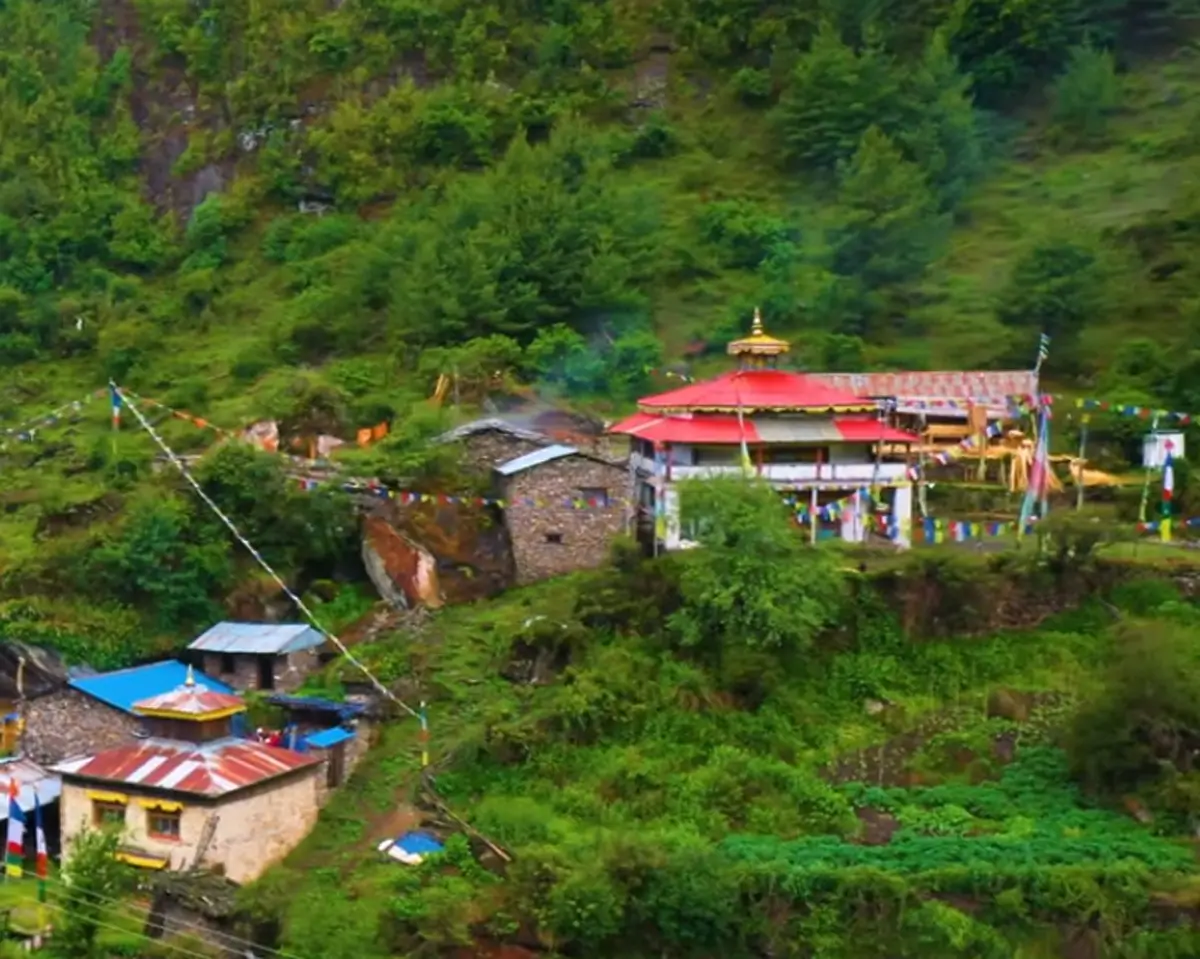
Located at an altitude of 2,960 meters above sea level in the middle of Syo village, Ward No. 2 of Chumnubri Municipality, Gorkha District, this monastery belongs to the Nyingmapa tradition. The monastery situated by the main trail of the Manaslu Circuit Trek has become a popular tourist destination. The monastery, built over 100 years ago, is renowned for the leadership of the prominent spiritual practitioners, Dorje Tdhering Lama and Chief Abbot Tulku Karma Lama. It is famous as one of the historical monasteries or Gorkha.
Tong Gumba:
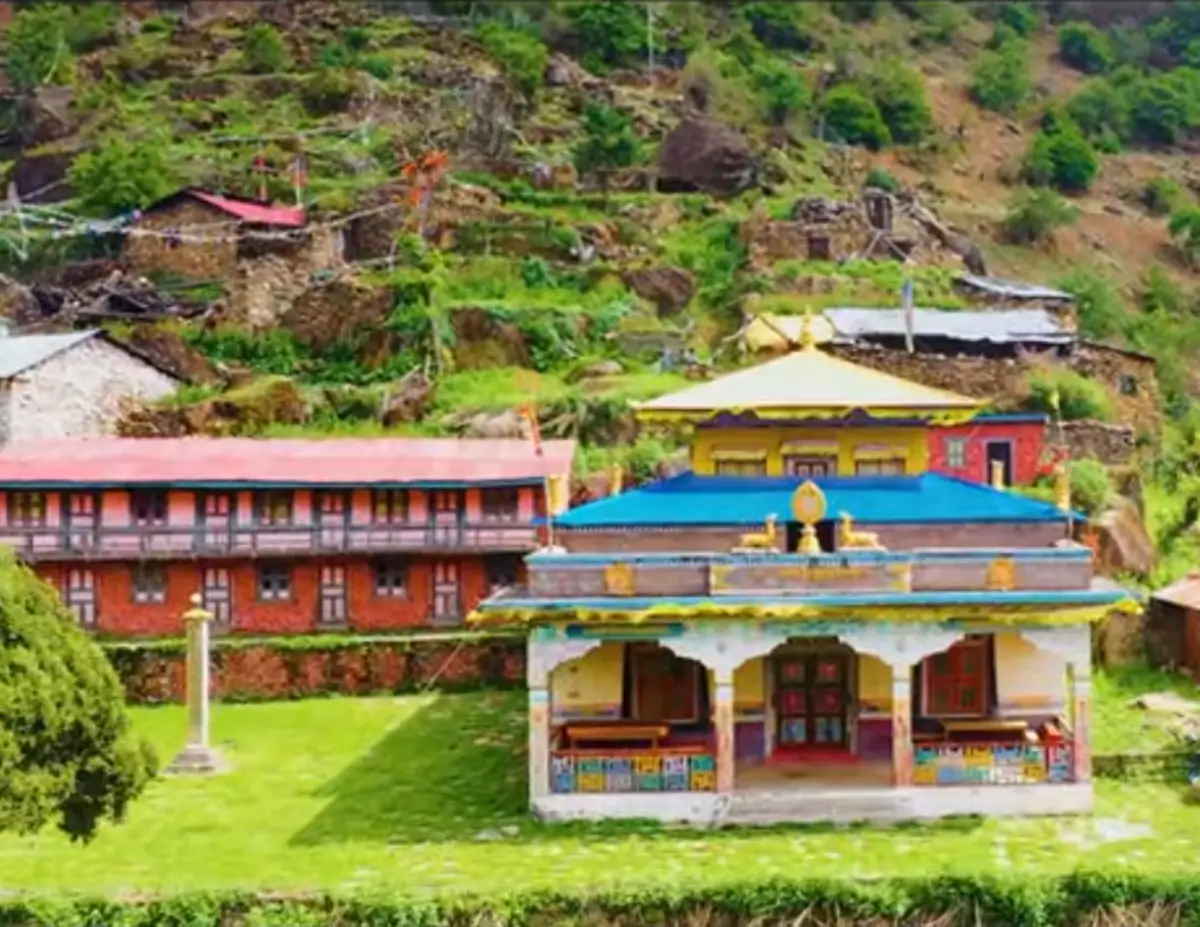
Located at an altitude of 3,000 meters above sea level, across the Budhi Gandaki River in Syo village, Ward No. 2 of Chumnubri Municipality, Gorkha District, this monastery also belongs to the Nyingmapa tradition. This monastery, built around 120 years ago, is considered one of the most magnificent in Chumnubri. Locals believe that the construction of the monastery was led due to the surrounding area being an ideal place for meditation.
Many renowned lamas within Chumnubri have practiced prayer, meditation, and spiritual study in this monastery. People from Manang, Mustang, and Helmo/Helambu used to come here for Buddhist study.
Naksa Chyoiling gumba:
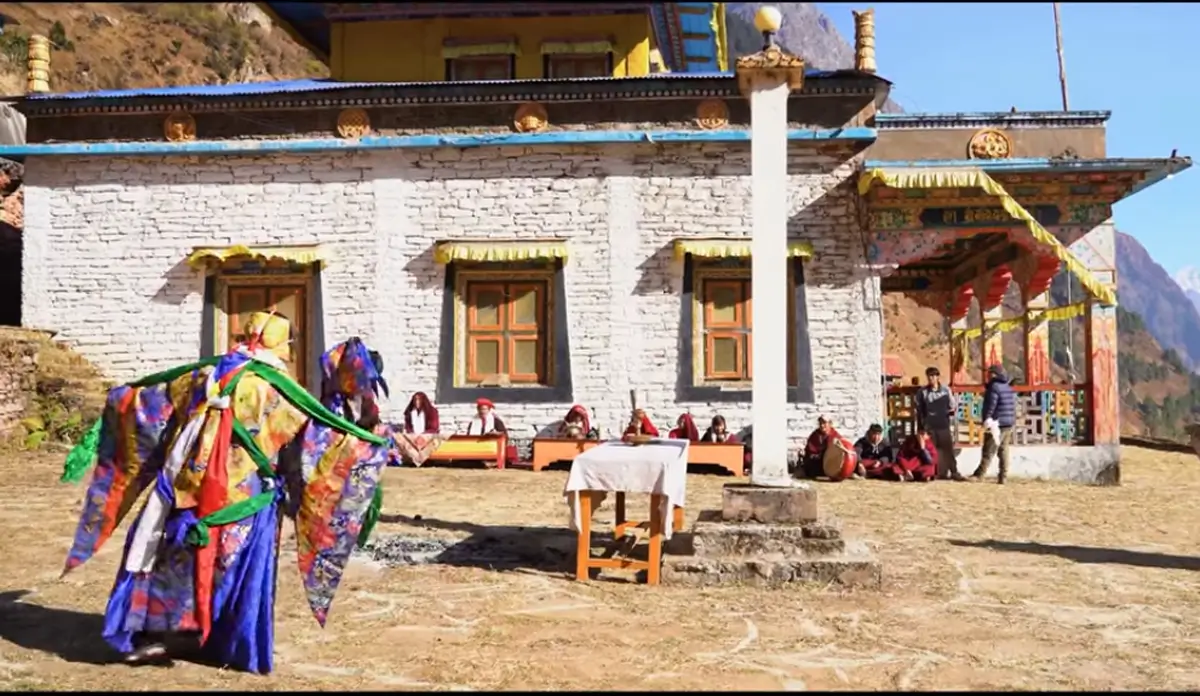
Located at an altitude of 3,300 meters above sea level, across from the Budhi Gandaki River in Syo Village, Ward No. 2 of Chumnburi Municipality, Gorkha District, Naksa Chyoiling Monastery belongs to the Nyingmapa tradition and the Jangter method. This monastery is considered one of the oldest in the Gorkha District of Nepal, with its establishment believed to date back around 1,200 years. The construction of the monastery was carried out by Lama Syangchaalpa. The monastery offers a stunning view of the surrounding peaks with Mount Pangpochhe to the north, Mount Himalchuli to the south.
The Budhi Gandaki River continuously flows in the valley below, Mount Ganesh in the east, and Mount Manaslu to the west, further enhancing the natural, archaeological, religious, and historical significance of this monastery.
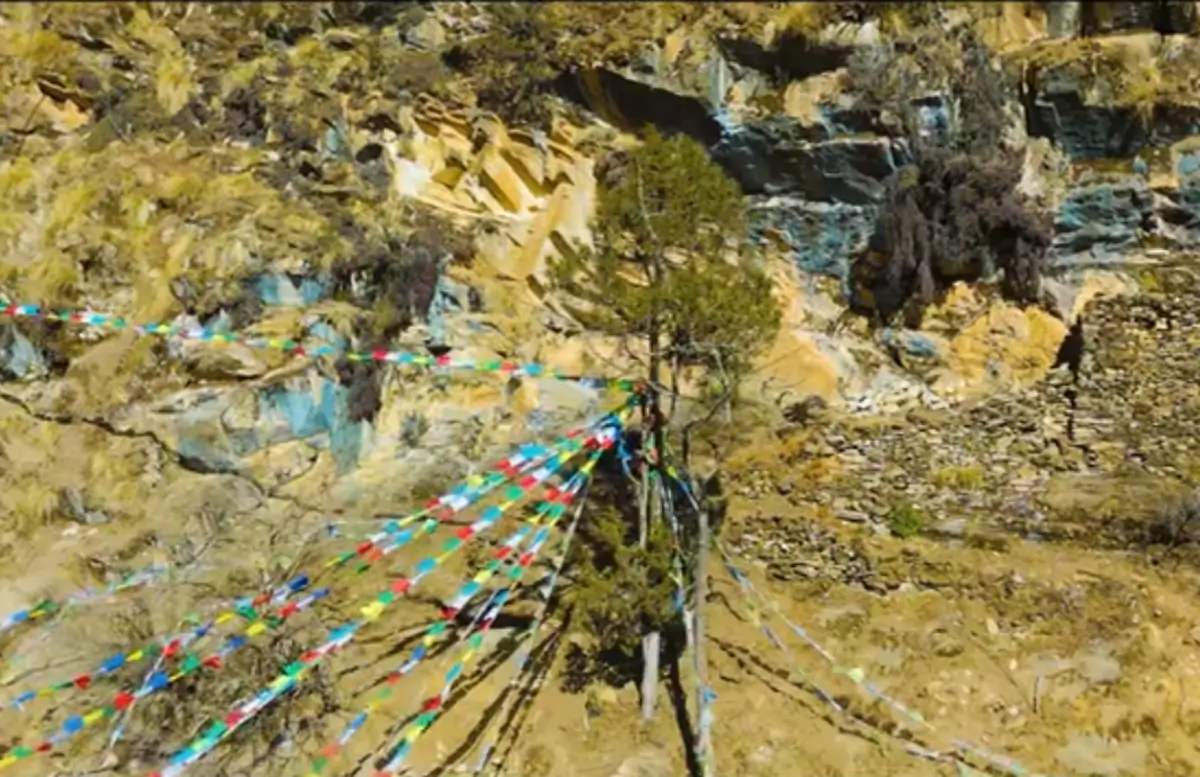
During the spring season, various wildlife such as Himalayan deer and gorals find this area safe for raising their offspring, while Danphe ( Nepali National Bird) hatch in the surrounding. Himalayan vultures also pass through the area twice a year as they migrate. Visitors are often greeted by the sight of Himalayan crows circling above and settling on prayer flags hung above the monastery. On auspicious days, flocks of snow pigeons can be seen circumambulating the monastery. The monastery is currently under construction. Inside the monastery, you can observe intricate Lhoris (murals) carved onto wooden panels, depicting magnificent images of White Tara, green Tara, Khasarpani, Vajrapani, and other Buddhist deities. These Lhoris are drawn in accordance with scriptures and are believed to be about 1000 years old.
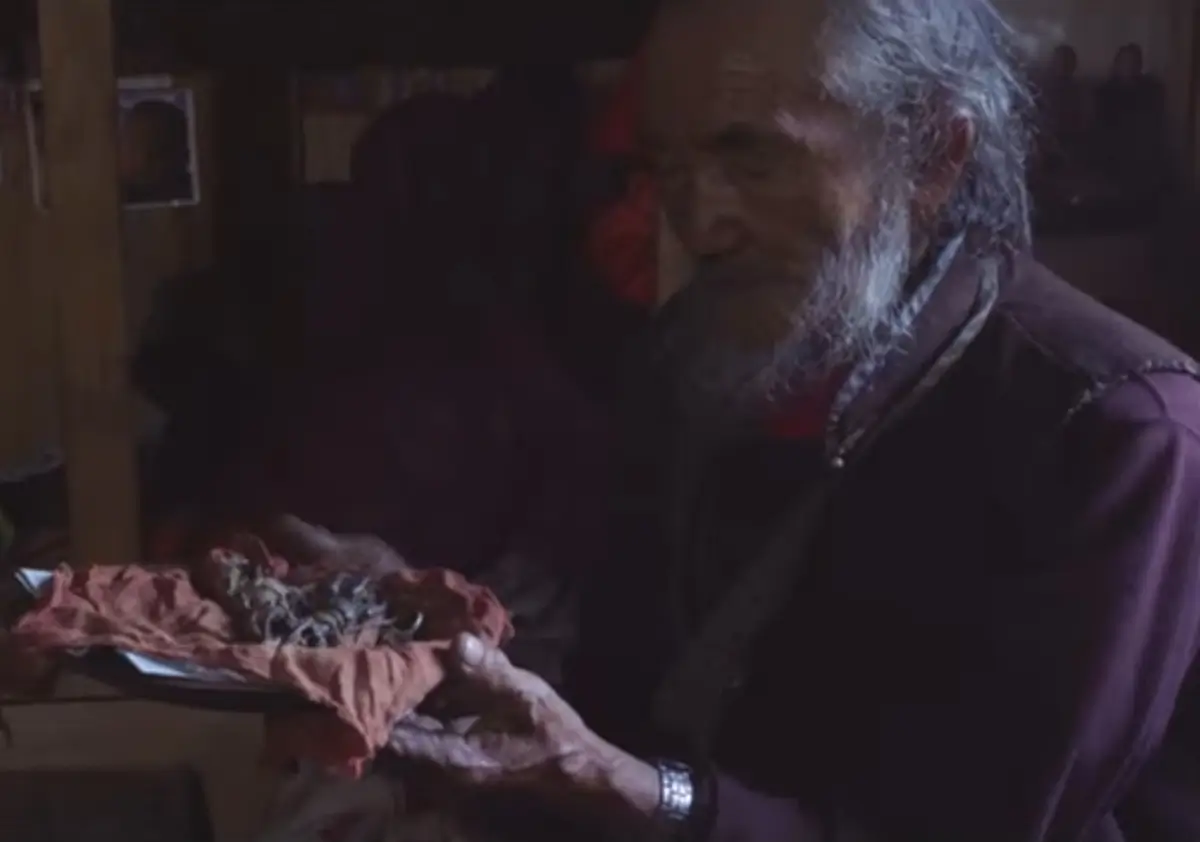
The Murtis (statues) feature deities such as Guru Padmasambhaya, Vhenrezig, Hoipame, Mandarava, Syaribu, Dolma, Rinchen, Dorje Chhang, Jyo Khasarpani, Mingyur Dorje, Chyomdande, Dorje Syangwa, Syakathuwa, Gudak, Dzambala, Maning, Hese Tshogyal, and Chewakhmeka. While viewing these remarkable artworks, it feels as though a divine assembly of deities is taking place.
The monastery houses sacred Buddhist texts, including Yom, Dhomang, Gyatok, Semu, Dorje, Chhodapa, Dharmasinge Dhokal Sang, Chhudak, Gyalchhen, Namthar, and Manke Kabub. Valuable Thangkas such as Netan Chaduk, Dolma Nisyuchachik, and Tusyak are on display here.
Surrounding the monastery are numerous meditation sites. One such site, where Lama Dharmasinghe's disciple, Kyabgon Pema Ghamcho, meditated for a long time, is regarded as a very sacred place. It is said that Kyabje Chokyi Nyima Rinpoche has visited the site twice and meditated here. The disciple of Siddha Pema Ghyamchho, Ani Syuksap, also meditated and attained siddhi at this very site, which is known as Hyangping. The monastery is considered a famous and revered place for practicing the Jangter tradition of the Nyingmapa lineage.
Dorje Sungdung Rangjung (The Self-originating Vajra). In this monastery, various festivals and ritual programs are held every year. During Lhosar,Dumje, Kumje, and Virya Pujas, different Cham dances and processions are performed. This time, the five-day Dumje Puja was completed in the presence of the renowned Tulku Karma Lama.
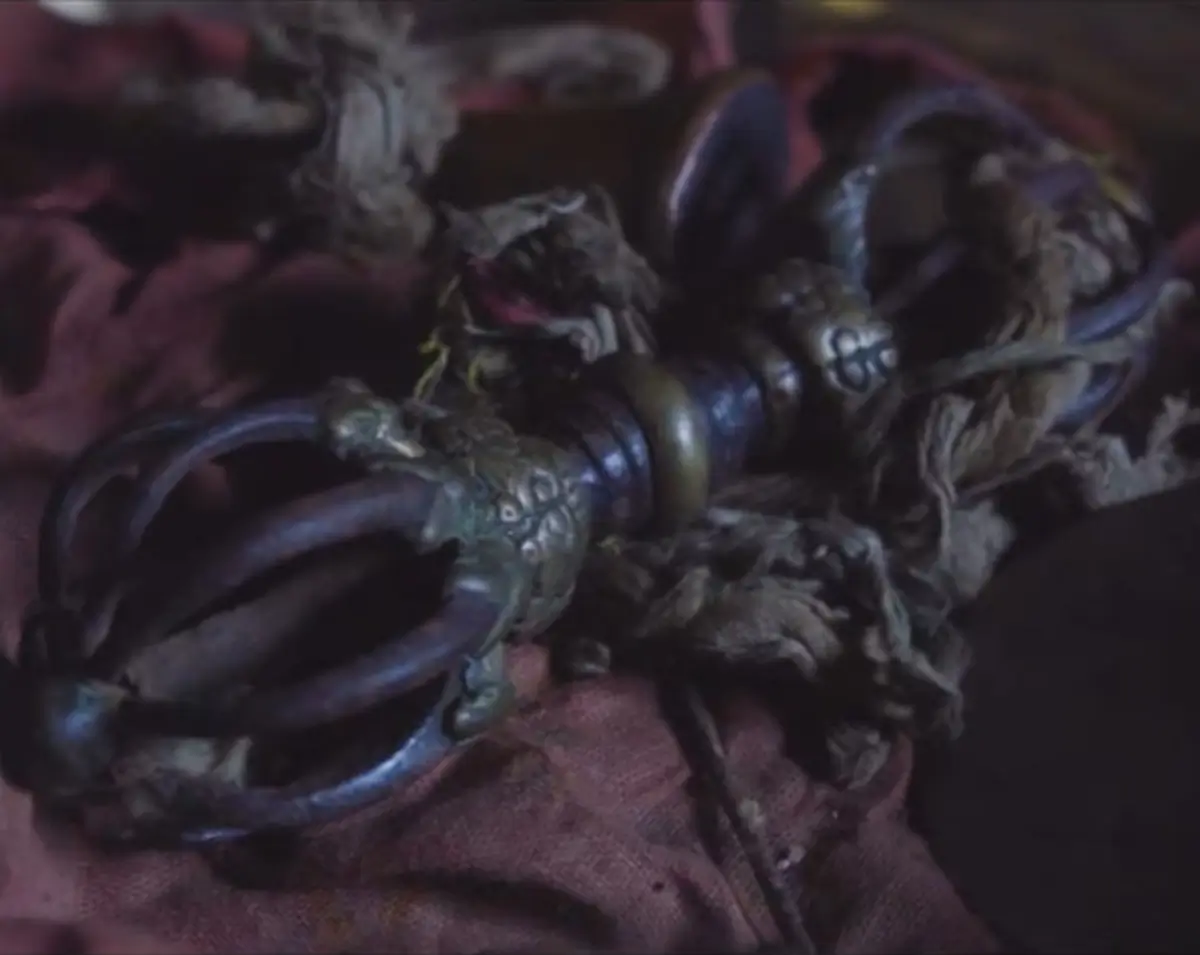
After the five-day rituals, on the fifth day, the entire village received the Wang blessing, concluding the ritual.
After the blessing ceremony, the people gather in the monastery, dressed in their traditional attire, to enjoy the local cuisine and dancing in groups. During the dance, they joyfully encourage all guests to join, with great zeal in the spirit of enthusiasm.
Discover Kyimolung of Tsum Nubri Valley Manaslu Suggested Itinerary -30 Days
Day 00: Arrival at Kathmandu Airport and Transfer to Hotel.
Day 00: Trekking preparation and permit paperwork day.
Day 01: Drive from Kathmandu to Arughat Bazaar (535m) -6 to 7 Hours & Again drive from Arughat to Machhakhola (930m) – 2 ½ to 3 Hours
Day 02: Trek Machha Khola to Doban (1,070m) -3 to 4 Hours
Day 03: Trek Doban to Philim (1,570 m) -5 to 6 Hours (Enter Tsum Valley Restricted Area Trekking Trail).
Day 04: Trek Philim to Chumling (Lower Tsum) (2,361m)-6 to 7 Hours (Enter in Tsum Valley Restricted Area)
Day 05: Trek Chumling to Chhekampar (Upper Tsum) (3,010 m) -5 to 6 Hours stay overnight at Teahouse.
Day 06: Trek Chhekampar to Chhule-Nile (3,361m), visit Milarepa Piren Phu Cave, -5 to 6 Hours stay at Homestay.
Day 07: Trek Chhule-Nile to Mu Gompa (3,700 m) -2 to 3 Hours, stay overnight at Teahouse or homestay.
Day 08: Trek Mu Gompa to Gho (2,555m) -6 to 7 Hours
Day 09: Trek Gho to Gumba Lungdang (3,200 m) -4 ½ to 5 Hours
Day 10: Trek Gumba Lungdang to GHBC (Ganesh Himal Base Camp) (4,800 m) -4½ to 5 Hours and Back to Gumba Lungdang (3,200 m) -4 to 5 Hours
Day 11: Trek Gumba Lungdang to Ripchet/Sipchet (2,470m) -5 to 6 Hours
Day 12: Trek Ripchet/Sipchet to Nyak (2340m) -6 to 7 Hours (Out from Tsum Valley & enter Manaslu Restricted Area). @ 10 Days Permits
Day 13: Trek Nyak to Bihi Phedi (1990m) -3 to 4 Hours
Day 14: Trek Bihi Phedi to Holy site Serang Gumba (3050m) -5 to 6 hours [Guide package per night 2,500 + Guest 3,500 per person]
Day 15: Enjoying a day in Serang Gumba (3050m), playing with wild Goat (Jharal), birds, Pica,
Day 16: Trek Sereng to Prok -7 to 8 hours via Kwak, Ghap (2165m)
Day 17: Explore the day in Prok Village and visit Kal Tal /Kalchhuman Lake (3574m) from Prok
Day 18: Trek Prok to Lihi (2920m) – 4 to 5 Hours
Day 19: A day side trip to the Himalchuli Base Camp (4220m) and Hinang Gompa from Lihi
Day 20: Trek Lihi to Lho (3180m) – 3 to 4 Hours visit the Monastery & enjoy sunset and Sunrise view of Manaslu
Day 21: Trek Lho to Shyala (3500m) – 1 ½ to 2 Hours & side trip at Pung Gyen Gumba (3870m)
Day 22: Trek Shyala to Sama Gaon (Ro) (3525m) – 1 ½ to 2 Hours
Day 23: Explore the day in Sama Gaon for acclimatization, may visit Manaslu Base Camp (4,400m) & Manaslu Advance Base Camp (4,800m), Birendra Lake,
Day 24: Trek Sama Gaun to Samdo (3850m) - 4 to 5 Hours, visit the Samdo Ri – 1 hour
Day 25: A day side trip to the Tibet Border at Ruila Pass (4,998m) - 3 to 4 Hours -one-way
Day 26: Trek Samdo to Dharamsala (Larkya Phedi) (4460m) - 4 to 5 Hours
Day 27: Trek Dharmashala to Bimtang (3590m) via Larkya La (5160m) - 7 to 8 Hours, stay overnight at Teahouse.
Day 28: Rest Day in Bhimtang after a long walk. Last day, enjoying a view and Ponkar Glacier Lake
Day 29: Trek Bhimtang to Dharapani (2,130m) via Tilje (2,300m) - 7 to 8 Hours (Enter in Annapurna main Trekking Trail).
Day 30: Drive Dharapani to Beshisahar for 3 to 4 hours. Again, drive back to Kathmandu (1,350m) -5 to 6 hours
Day 00: Rest Day in Kathmandu as your own destination. Or shopping and other.
**Note: If you wish to make changes to the itinerary during the trek, you are free to talk with your guide. The itinerary is flexible according to your requirements and days weather and circumstances.
Conclusion:
There are many places in the Nubri valley that show how hard people have worked and learned over the years. The holy springs and meditation caves, as well as the historic monasteries of Serang Gumba, Naksa Chyoiling, and Tashi Chyoiling, were blessed by Guru Rinpoche. The Manaslu Trek is popular nowadays. Sama Gaun (Nubri Valley) is well-recognized as the birthplace of "Mingyur Rinpoche", who published the book "The Joy of Living", who was born at Sama Gaun (Nubri Valley) and practiced meditation on the lap of the Mt Manaslu and various caves, where Milarepa (1052-1135)used to meditate too.
Anyone can visit Behyul Kyimolung, including pilgrims, students, and tourists. People can come here to learn about the peaceful and spiritual history of the area.
To visit the Behyul Kyimolung in the Manaslu region, it takes a minimum of six days to visit some sites, and if you are looking to explore more Gumba then it takes more than a month. Sometimes people call this trip a Spiritual journey to the Manaslu or the ultimate Manaslu Trek. During the Ultimate Manaslu trek with Tsum Valley Trek, the itinerary is designed to see several side trips and the landmarks of the region, such as Mu Gompa, Rachen Gompa, and Milarepa Piren Phu Cave; Gumba Lungdang, Ganesh Himal base camp, Serang Gompa and Kal Lake, Himalchuli base camp and Hinang Gompa, Gumba at Namrung, Lhi, Sho, Lho, Shyala, Pung Gyen Gompa, Manaslu base camp, Milerepa Cave at Manaslu Base camp, Birendra Lake, Smdo-Rui La, etc.
Nowadays, Manaslu Circuit and Tsum Valley Trekking can do 18 to above. But to explore the amazing scenery and natural beauty, spiritual sites, and discover Kyimolung, the Hidden Valley of Tsum Nubri, then 30 days will be perfect for a Manaslu Tsum Valley Side Trip.
